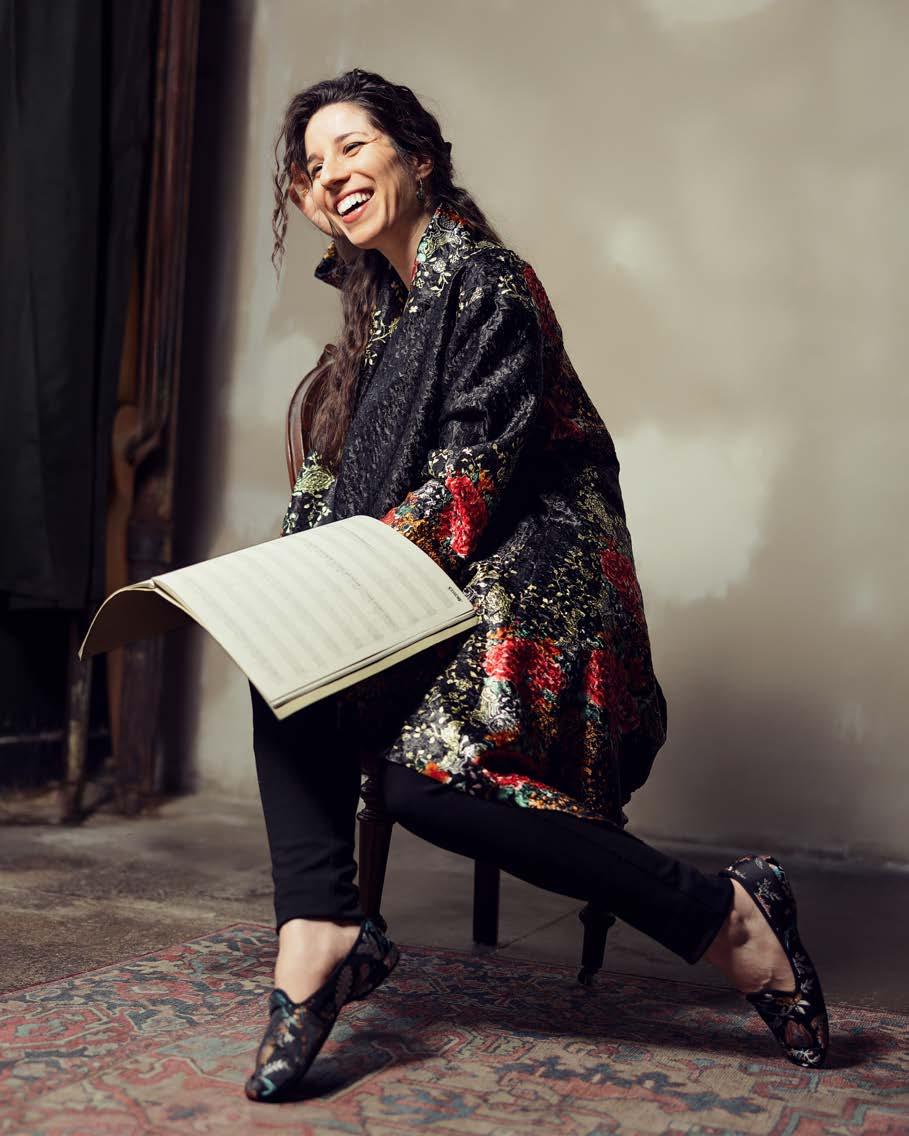
7 minute read
Program Notes
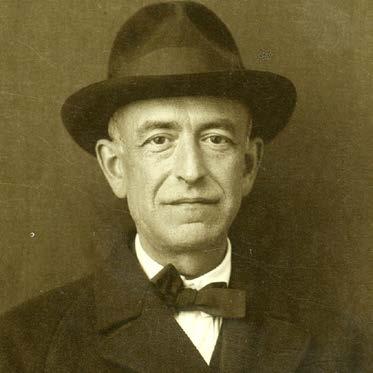
Manuel de Falla
BORN: November 23, 1826 in Cadiz, Spain
DIED: November 14, 1946 in Alta Gracia, Argentina
The Three-Cornered Hat, Suite No. 2
El sombrero de tres picos (1919)
PREMIERE: July 22, 1919 at the Alhambra Theater in London
Approximate performance time is 12 minutes.
Manuel de Falla’s ballet The Three-Cornered Hat is based upon the popular novel by Pedro Antonio de Alarcón, El sombrero de tres picos (1874), in turn based upon a beloved folktale. The story concerns a miller, his wife, and the Corregidor (the governor, whose hat provides the source of the ballet’s title). The Corregidor has his eye on the miller’s beautiful young wife.
This concert features the Second Suite from The Three-Cornered Hat, comprising three dances from the ballet’s Second Act.
I. The Neighbors Dance (Seguidillas) — The opening of the ballet’s Second Act takes place in the evening. It is St. John’s Night, and the miller and his wife join their neighbors, who celebrate with a leisurely dance.
II. The Miller’s Dance (Farruca) — The miller’s wife thanks her friends and then asks her husband to dance. He responds with a Farruca that builds in intensity.
III. Final Dance (Jota) — The ballet’s concluding scene is a whirlwind of activity and mistaken identities. The confusion builds as the people of the village gather to celebrate St. John’s Night. The Corregidor is defeated, and the people use a blanket to toss the humiliated man in the air.
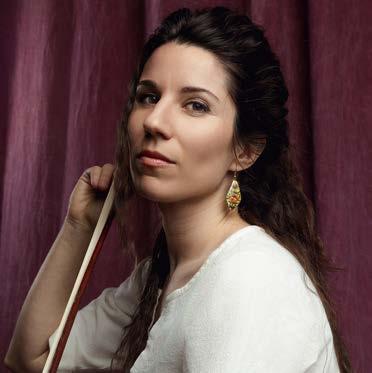
Andrea Casarrubios
BORN: February 19, 1988 in San Esteban del Valle, Spain
MIRAGE: Concerto for Cello and Orchestra
(2019, rev. 2024)
This is the World Premiere of the revised 2024 version of MIRAGE
Approximate performance time is 20 minutes.
MIRAGE: Concerto for Cello and Orchestra has been a work in progress — rather, in constant evolution — for the past ten years. Written in three stages across Los Angeles, New York, and Chicago, the concerto is an embodiment of the extraordinary journey I’ve experienced during that time — it mirrors the fears, excitement, beauty, loss, transformations, acceptance, and growth. In 2024 I expanded this work into four movements, and the Charlotte Symphony Orchestra will hold its premiere with conductor Christopher James Lees in Charlotte’s Belk Theater.
The first movement, Mirage, evokes desert landscapes, where the music fluctuates between disorientation — much like the shimmering heat that distorts the horizon — and a delirious, fierce dance. I composed the music ten years ago while living in Los Angeles. This first movement is scored for solo cello, strings, and percussion, while winds wait patiently onstage. They appear during the third movement and their entrance symbolizes expansion and prosperity, gradually enriching the orchestration as the piece progresses.
The second movement, Mensajes del agua (Messages of water), offers a contrasting, intimate oasis of contemplation. Written in 2019 while I was living in New York, the music is meant to provide a moment of renewal. Far from what might be expected in a concerto setting, it is scored simply for cello and piano, and it is a chance for the orchestra to rest and listen, inviting the public to do the same. The inspiration behind this movement comes from the delicate perfection of the shapes found in unpolluted frozen water. The music is dedicated to Maria de Macedo, one of my cello mentors who gifted me the book Messages in Water by Japanese Scientist Masaru Emoto as my life transitioned to the United States when I was eighteen. The essence of this book helped me navigate the first few years of my life in the States, transforming challenges into a source of strength and constructive creativity.
The third movement is a completely new addition written in 2024 in Chicago, and it introduces a more percussive, time-driven element. The bongo player takes on an essential role, a constant reminder of time ticking forward. The cello and bongo interactions mirror the duality of having two identities, two languages, two personas, all with a joyful touch. As the movement progresses, more musicians join in. The Cadencia is a thrilling dialogue between the solo cello and members of the orchestra, (also not what might be expected from a traditional concerto cadenza) breaking the calm of the previous movement and marking a pivotal transformation.
This sense of liberation leads into the final movement, Marcha, the most expansive and stirring of the entire concerto. Here, the cello ascends, blending intensity with accumulated wisdom, reaching a triumphant summit that brings the work to its grand conclusion. Most of this final movement is also new, completed in 2024 from Chicago.
- ANDREA CASARRUBIOS
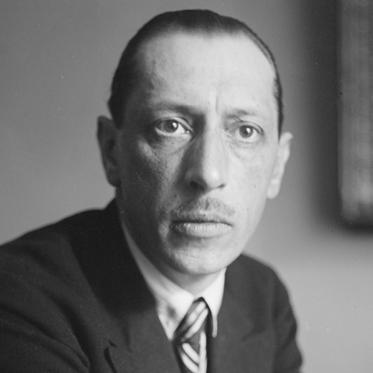
Igor Stravinsky
BORN: June 17, 1882 in Lomonosov, Russia
DIED: April 6, 1971 in New York City
Symphony of Psalms
(1930, rev. 1948)
PREMIERE: December 13, 1930 in Brussels, Belgium
Approximate performance time is 22 minutes.
Igor Stravinsky composed his Symphony of Psalms in 1930 for the 50th anniversary celebrations of the Boston Symphony Orchestra. In Stravinsky: An Autobiography (Simon and Schuster, NY, 1936), the Russian composer noted:
My idea was that my symphony should be a work with great contrapuntal development, and for that it was necessary to increase the media at my disposal. I finally decided on a choral and instrumental ensemble in which the two elements should be on an equal footing, neither of them outweighing the other. In this instance my point of view as to the mutual relationship of the vocal and instrumental sections coincided with that of the masters of contrapuntal music, who also treated them as equals, and neither reduced the role of the choruses to that of a homophonous chant nor the function of the instrumental ensemble to that of an accompaniment.
I sought for my words, since they were to be sung, among those which had been written for singing. And quite naturally my first idea was to have recourse to the Psalms.
The score of Stravinsky’s Symphony of Psalms contains the following dedication: “This Symphony composed to the glory of GOD is dedicated to the Boston Symphony Orchestra on the occasion of its fiftieth anniversary.” However, the first performance of this magnificent work took place not in Boston, but in Brussels, at the Palais des Beaux Arts. Ernest Ansermet conducted the Brussels Philharmonic Society in the December 13, 1930 premiere. The Boston (and US) premiere, under Koussevitsky’s baton, took place six days later.
The three movements are performed without pause.
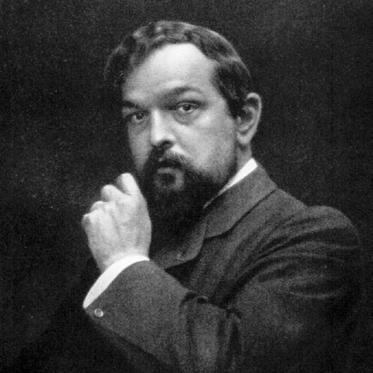
Claude Debussy
BORN: August 22, 1862 in St. Germaine-en-Laye, France
DIED: March 25, 1918 in Paris, France
La mer (The Sea)
Three Symphonic Sketches (1905)
PREMIERE: October 15, 1905 in Paris, France
Approximate performance time is 23 minutes.
French composer Claude Debussy once confided to fellow composer André Messager: “You perhaps do not know that I was destined for the fine life of a sailor and that it was only by chance that I was led away from it. But I still have a great passion for the sea.” This “passion” may be traced as far back as Debussy’s childhood visits to Cannes. Debussy’s fascination with the sea continued throughout the composer’s life.
The majority of the composition of La mer took place when Debussy was at inland locations. However, Debussy did not view this as a handicap. As he told Messager:
You’ll reply that the Atlantic doesn’t wash the foothills of Burgundy...! And that the result could be one of those hack landscapes done in the studio! But I have innumerable memories, and those, in my view, are worth more than a reality which, charming as it may be, tends to weigh too heavily on the imagination.
In fact, Debussy once admitted to a friend that he found it difficult to compose while in close proximity to the sea he loved so much.
The premiere of La mer took place in October 1905, at the Concerts Lamoureux in Paris, with Camille Chevillard conducting. While critical reaction varied, most recognized the importance of La mer in the development of French musical expression. La mer is a magical product of the composer’s lifelong fascination with the sea and its infinite mysteries. Like its subject, La mer continues to elude description, all the while exerting an irresistible attraction.
La mer is in three movements, each with a descriptive title:
I. De l’aube à midi sur la mer (From Dawn until Noon on the Sea)
II. Jeux de vagues (Play of the Waves)
III. Dialogue du vent et de la mer (Dialogue of the Wind and the Sea)





